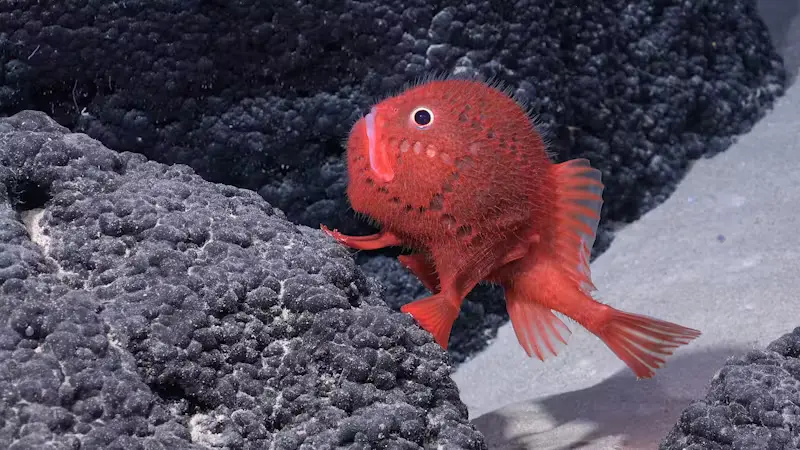Physical Address
304 North Cardinal St.
Dorchester Center, MA 02124

The vast, uncharted depths of the ocean continue to amaze us with their hidden wonders. A groundbreaking expedition recently uncovered more than 100 new deep-sea species, highlighting the extraordinary biodiversity that thrives in these remote, lightless realms. This discovery not only deepens our understanding of the deep ocean but also underscores the urgency to protect these fragile ecosystems.
The deep-sea expedition, conducted using advanced remote-operated vehicles (ROVs) and cutting-edge imaging technology, ventured into some of the least explored areas of the ocean. These regions, characterized by crushing pressures, near-freezing temperatures, and eternal darkness, have long been thought of as inhospitable. Yet, they teem with life that defies expectations.
Scientists identified an astonishing array of new species, including bioluminescent fish, gelatinous sea creatures, and uniquely adapted crustaceans. Each species has evolved remarkable adaptations to thrive in an environment where food is scarce and conditions are extreme.
Among the newly identified species, several stand out for their remarkable biology and potential implications:
The success of this expedition was driven by technological advancements that have revolutionized deep-sea research.
The discovery of over 100 new species is more than a scientific milestone; it highlights the critical role of deep-sea ecosystems in the Earth’s biosphere.
Despite its remoteness, the deep sea faces increasing threats from human activities:
The discovery of these new species serves as a poignant reminder of how little we know about the deep ocean. Each finding underscores the delicate balance of life in these extreme habitats and the pressing need to conserve them.
International collaborations, stricter regulations on deep-sea exploitation, and increased funding for ocean research are vital steps toward protecting these ecosystems. Moreover, public awareness campaigns can inspire collective action to safeguard the mysteries of the deep for future generations.
The revelation of over 100 new species illuminates just a fraction of the deep ocean’s mysteries. As exploration continues, we are reminded of the vastness of our planet and the interconnectedness of life. Protecting these unseen worlds is not only an ethical imperative but also a pathway to uncovering innovations that could benefit all of humanity.
The ocean’s depths remain a testament to nature’s resilience and creativity—proof that even in the harshest conditions, life finds a way.